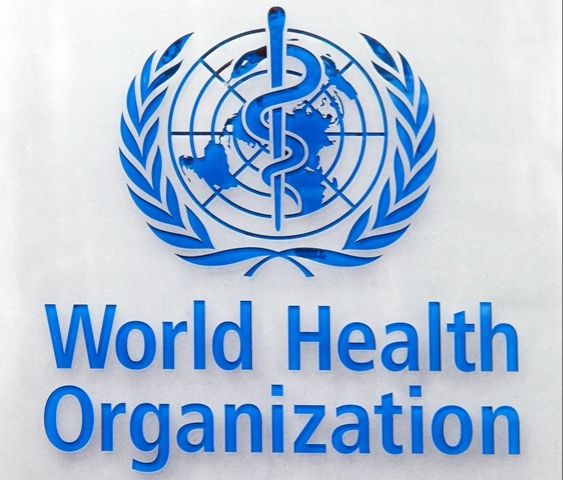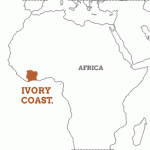
WHO Reports Rise In STIs, Highest Increases In America and Africa

The World Health Organization (WHO) has announced that new data indicates sexually transmitted diseases (STIs) are increasing in most regions, with the most significant rises seen in America and Africa.
WHO Director-General Dr. Tedros Ghebreyesus shared this during a virtual media briefing on global health issues.
HIV, viral hepatitis, and STIs continue to be significant public health challenges worldwide.
According to the National AIDS and STIs Control Programme, Nigeria reports around three million STI cases each year, mainly due to chlamydia, gonorrhoea, and trichomoniasis.
STIs can cause various short-term and long-term health problems, particularly for women.
Ghebreyesus noted that new syphilis cases among adults aged 15-49 increased by nearly one million in 2022, reaching a total of eight million cases, with 230,000 syphilis-related deaths.
The highest increases occurred in the Region for the Americas and the African Region. New data also show an increase in multi-resistant gonorrhoea, he said.
Ghebreyesus also said that in 2023, out of 87 countries with enhanced surveillance for gonorrhoea resistance, nine reported high resistance levels to the last line of treatment.
The WHO said it has updated its treatment recommendations to help curb the spread of resistant gonorrhoea.
Further WHO data showed that 1.1 million pregnant women were estimated to have syphilis in 2022, leading to over 390,000 adverse birth outcomes, as drug resistance remains a challenge in reducing the global burden of STIs.
Ghebreyesus expressed concern over the rising syphilis rates but noted progress in improving access to essential health commodities like diagnostics and treatments. He stated that with the right tools, ending these epidemics as public health threats by 2030 is achievable, provided countries meet their targets.
The WHO also stressed that condoms are highly effective in preventing STIs, including HIV, if used correctly and consistently. However, they do not protect against STIs causing external genital ulcers, like syphilis or genital herpes.
To eliminate cervical cancer as a public health issue, the global health body stated that high coverage targets for HPV vaccination, screening and treatment of precancerous lesions, and cancer management must be reached by 2030 and sustained.
About The Author
Related Articles
Ghana Arrests Nigerians for Cybercrime
The Minister for Communications, Digital Technology and Innovation, Ghana, Hon. Samuel Nartey...
ByJoshua ChuwangDecember 17, 2025Livestock Reform in Nigeria: Solving Insecurity
President Bola Ahmed Tinubu has taken a significant step to address the...
ByJoshua ChuwangDecember 17, 2025Tinubu Government’s Fiscal Secrecy, Revenue Failure and New Tax Push Expose Broken Economic Management
For nearly a full fiscal year, the Federal Government, led by President...
ByWest Africa WeeklyDecember 17, 2025Burkina Faso, Mali and Niger Retain GIABA Role Despite ECOWAS Exit
The Economic Community of West African States has confirmed that Burkina Faso,...
ByWest Africa WeeklyDecember 17, 2025











